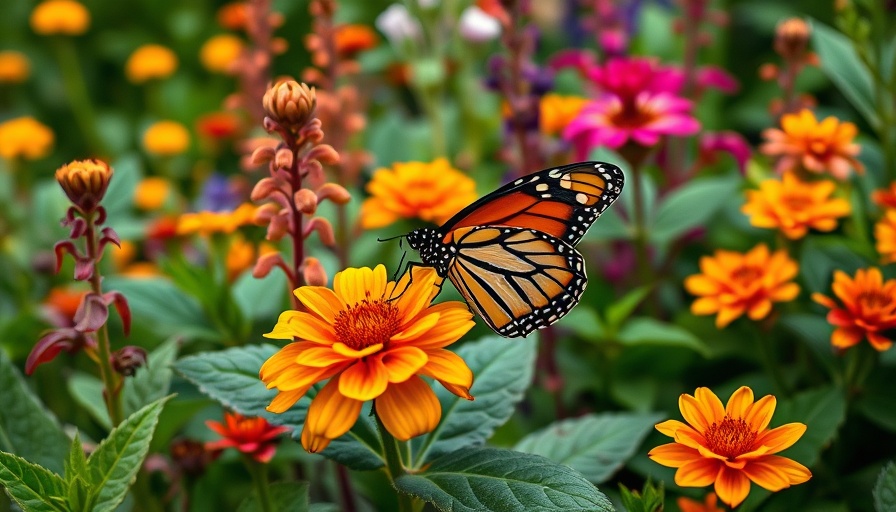
Discover the Perfect Low-Maintenance Plants for Your Garden
For urban and suburban homeowners, the joy of gardening can be overshadowed by the time and care traditional gardens demand. Fortunately, as more people embrace the value of home gardening, a growing number of low-maintenance plants are emerging that align perfectly with both sustainable landscaping practices and busy lifestyles. These plants not only minimize upkeep but also contribute to a flourishing garden designed for aesthetic appeal and environmental benefits.
Why Choose Low-Maintenance Plants?
The idea of incorporating low-maintenance plants is not merely about reducing physical labor; it reflects a broader commitment to sustainability and environmental stewardship. As we aim to live healthier, more sustainable lifestyles, selecting plants that thrive with minimal attention plays a role in conserving water and protecting native ecosystems.
Example plants, such as daylilies, sedums, and ornamental grasses, exemplify this ethos. Not only are they beautiful additions to any garden, but they also have the advantage of being drought-resistant, attracting pollinators, and requiring less frequent watering—a perfect fit for those looking to simplify their gardening approach.
Maximizing Small Spaces: An Urban Gardening Perspective
Urban gardening presents unique challenges, particularly regarding limited space. Low-maintenance plants tailored for small spaces are designed to seamlessly fit balconies, patios, and even window boxes. Opting for perennial plants like lavender or compact varieties of herbs can yield abundant beauty and usefulness without the clutter.
Incorporating vertical gardening techniques encourages an inventive approach to maximize space while promoting air circulation among plants. This innovation not only ensures that every inch of your urban garden is utilized but also enhances the aesthetic depth of your spaces.
Tips for Successful Low-Maintenance Gardening
Start by conducting research on regional plants that thrive in your local climate—this ensures ease of growth and minimal intervention. Utilize raised bed gardening for efficient soil management, which decreases many of the challenges found with traditional gardening. Organic gardening practices, such as composting, promote healthy soil, providing the nutrients plants need to flourish and reducing overall maintenance.
Additionally, consider integrating ground cover plants that prevent weed growth while adding visual interest to your landscape. Such plants establish a living mulch layer, reducing the amount of moisture lost from the soil and simplifying the watering process.
Future Trends in Sustainable Gardening
As the demand for sustainable living increases, the future of gardening seems poised towards a more self-sufficient paradigm. With the rise of technology in gardening—from automated systems that regulate watering to improved soil management techniques—home gardeners are better equipped than ever to cultivate a vibrant garden with reduced effort.
Moreover, as our connection to the environment strengthens, community gardens and cooperative gardening initiatives are becoming increasingly popular. These projects not only embody the spirit of sustainability but also foster social connections, empowering individuals to share resources, knowledge, and food.
Conclusion: Start Your Low-Maintenance Gardening Journey Today!
Transforming your garden into a sustainable haven filled with low-maintenance plants is an enlightening journey that cultivates both a greener environment and personal satisfaction. Empower yourself with the knowledge of gardening tips and techniques that allow you to grow food efficiently, embrace creativity in garden design, and become part of a like-minded community. Start your gardening adventure today and witness the beauty of self-sufficiency!
 Add Row
Add Row  Add
Add 




 Add Row
Add Row  Add
Add 

Write A Comment